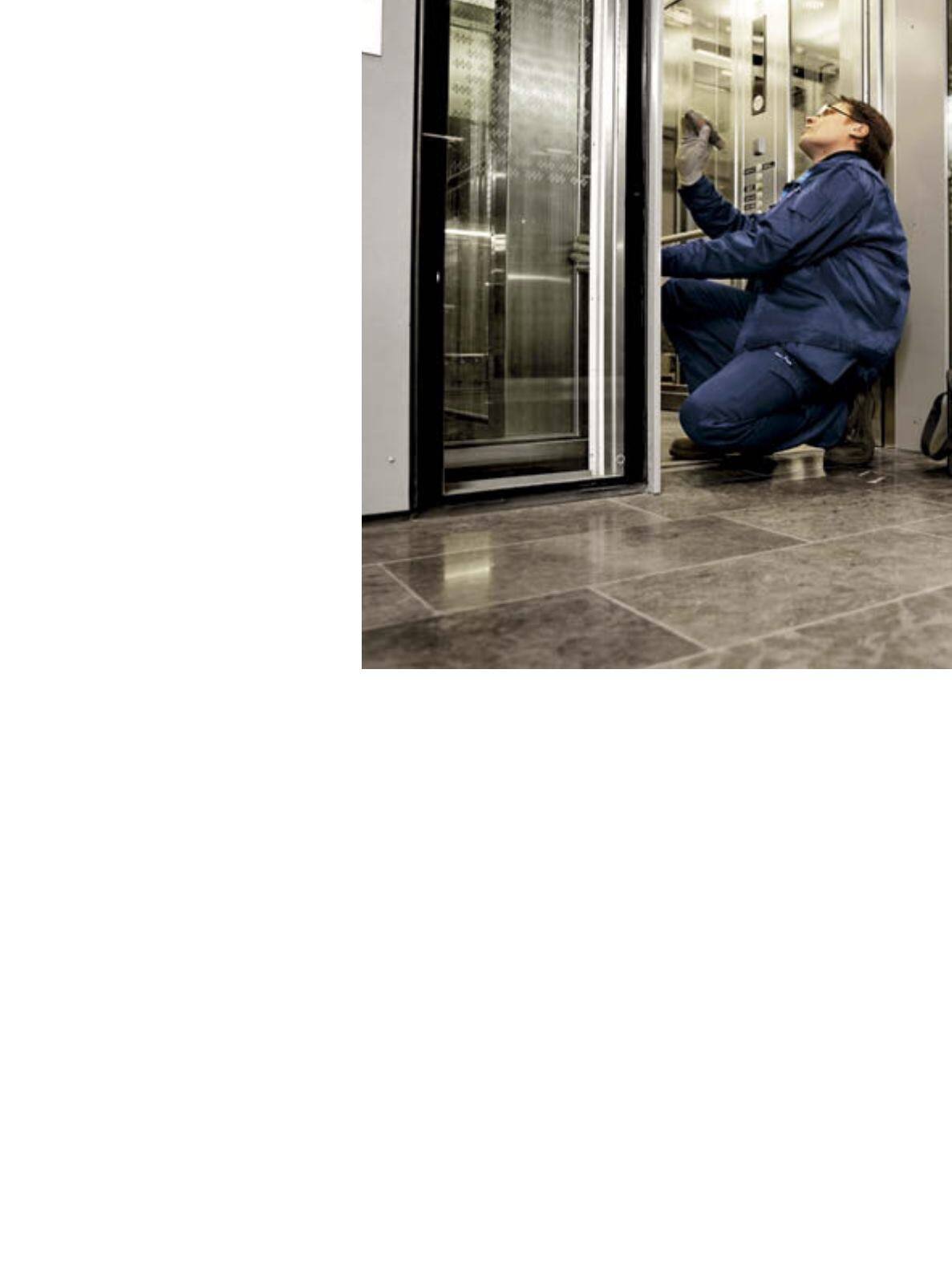

| PEOPLE FLOW
6
T
he transition from
simply making things
to also providing
product-related services
has left many industrial
companies puzzled.
While products still roll
down assembly lines, in an experience
economy you win the hearts and minds
of customers with service.
“It is the competitive situation that
drives this change. Getting closer to
the customer and his needs is almost
the only way to cope,” says Dr.
Christian Grönroos
, Professor of Service
and Relationship Marketing at Hanken
School of Economics in Helsinki, Finland.
Grönroos has observed the trends of past
decades closely.
“One effect of globalization is that
the role of the customer is enhanced.
Companies must respond by knowing
what the true needs of the customers
are – and what lies behind those
needs,” Grönroos says. Only when
you are familiar with the customer’s
processes can you provide ample sup-
port. According to Grönroos, in most
instances “support” is a synonym for
“service”. It is a matter of getting close
to the customer and helping them.
Happily ever afTer
This new approach might require some
adjustment at corporate headquarters
around the world, but there is a consid-
erable upside, Grönroos points out. Once
the customer is drawn into a “service
pipeline” where a product purchase is
followed by consultation, maintenance,
modernization, expansion and other
types of services, it becomes less tempt-
ing for the customer to entertain com-
peting offers. If a customer is happy with
the process, they are unlikely to stray.
“Great service is a better way to make
the customer commit than a great prod-
uct,” Grönroos says, urging companies
to look at the big picture. The technical
quality of the product must be solid.
A KONE service technician inspects one of 32 KONE elevators at the Kamppi Center.
This is obviously the foundation for
everything that is to follow. The total
process, however, is what impacts cus-
tomers more.
“Selling the hardware is an impor-
tant service, too, but the things that
follow – be it simple upkeep, modern-
ization, maintenance – are what matter
in the long run.”
leader of THe paCk
KONE has been a pioneer in service-
orientation among Finnish industrial
companies. Grönroos recalls working
with KONE management on a project
in 1979 that set the stage for the
importance of services.
He helped KONE map out the core
concepts of service quality and the
subsequent quality of service model.
As a result, KONE started viewing its
operations in the service context and
is today, in many ways, ahead of the
competition in this regard.
lonG Time CominG
Industrial companies began the transi-
tion from products to services in the
1970s. The shift has been a long one,
and according to Grönroos, we are
nowhere near the finish line.
“We have not come very far in this
evolution process. There is more talk
than action,” he says. Still, during the
past decade or so, the topic has climbed
high on many agendas around the
world: the political, the corporate and
the academic.
What is holding back the tide is
the insistence of some traditional
industrial companies that catering to
mass markets rarely requires finesse.



















